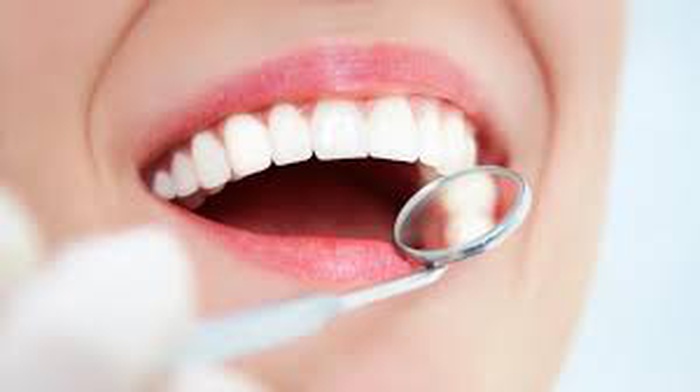
RECEDING GUM
Gingival recession, which is one of the most common dental health problems, is a health problem in the pink tissues that surround the bottom of teeth, protect the root parts and extend to the jaw. Recessions in these areas cause the tooth roots and tooth to be exposed. Bacteria accumulations quickly accumulate in these exposed areas. Slow-progressing gingival recessions may often not attract attention and be ignored by people exposed to this condition. When the treatment is performed at the initial stage, this situation can be stopped, and successful results can be obtained. It is a risky process that can lead to serious damage to the tissues and bones surrounding the tooth and can cause tooth loss in later stages. For this reason, any doubts should be taken into consideration, and the dentist should be visited as soon as possible.
What are the causes of gingival recession?
- Use of very hard-bristled toothbrushes
- Severe systematic illnesses that cannot be controlled
- Advanced gingivitis
- Tartar formation
- Orthodontic treatments result
- Smoking or tobacco use
- Severe crowding of teeth
- Vigorously brushing of the gums in the opposite direction
What are the Symptoms of Gum Recession?
Recession in the gums creates noticeable tenderness in the teeth, but various symptoms accompany the process.
- Bleeding and pain during tooth brushing
- Tenderness and tingling in teeth and gums
- Bleeding that occurs when eating hard or crusty foods
- A notch near the gum line and a tooth looks longer than normal
- Deformation as gingival swelling and redness
In which age groups is gingival recession seen?
The possibility of gum recession increases with age. Recessions can also be seen at a young age due to environmental and genetic factors.
How Is Gingival Recession Treated?
There are two treatment methods in Gum Recession. The first stage of treatment is to eliminate the factor that causes the disease. In addition, after dental tartars are cleaned, the surfaces of the teeth become smooth, and if necessary, periodontal surgery eliminates the inflammatory environment in the gum. As a result of these, healthy gums are obtained. The second step is to decide whether to do further treatment is required or not. If the gingival recession is a small amount and it will not adversely affect the long-term health of the tooth, it may be decided not to do any treatment because restoring the gum tissue to its original position is only possible with complex gum operations. If graft operations are to be applied; It is aimed to increase healthy gum tissue and eliminate gum recession. In these operations, the tissue taken from the inner or outer part of the palate of our patient is transferred to the area with gingival recession and the open area is closed and restored to its original state.
Is the gingival recession a disease?
Receding gums is manifested as a result of some negative habits, such as improper application of tooth brushing methods, tooth grinding and pen biting, and so on.
Can gingival recession be stopped?
After the conditions that cause gingival recession are recovered, the progress of this condition can be stopped.
How to Prevent Gum Recession?
Complete oral care is the most basic precaution that can be taken against gum recession. Regular brushing of teeth and dentist visits at least twice a year is very important to maintain dental health. In addition to these, obtaining a soft-bristled toothbrush, brushing the teeth with the right methods without pressing the teeth, quitting the consumption of tobacco products and having a healthy diet will reduce the risk. In addition, it will be useful to observe the condition of the teeth and gums at regular intervals and to notice the changes that occur at the initial stage.
© COPYRIGHT 2025 ALL RIGHTS RESERVED
Privacy Policy